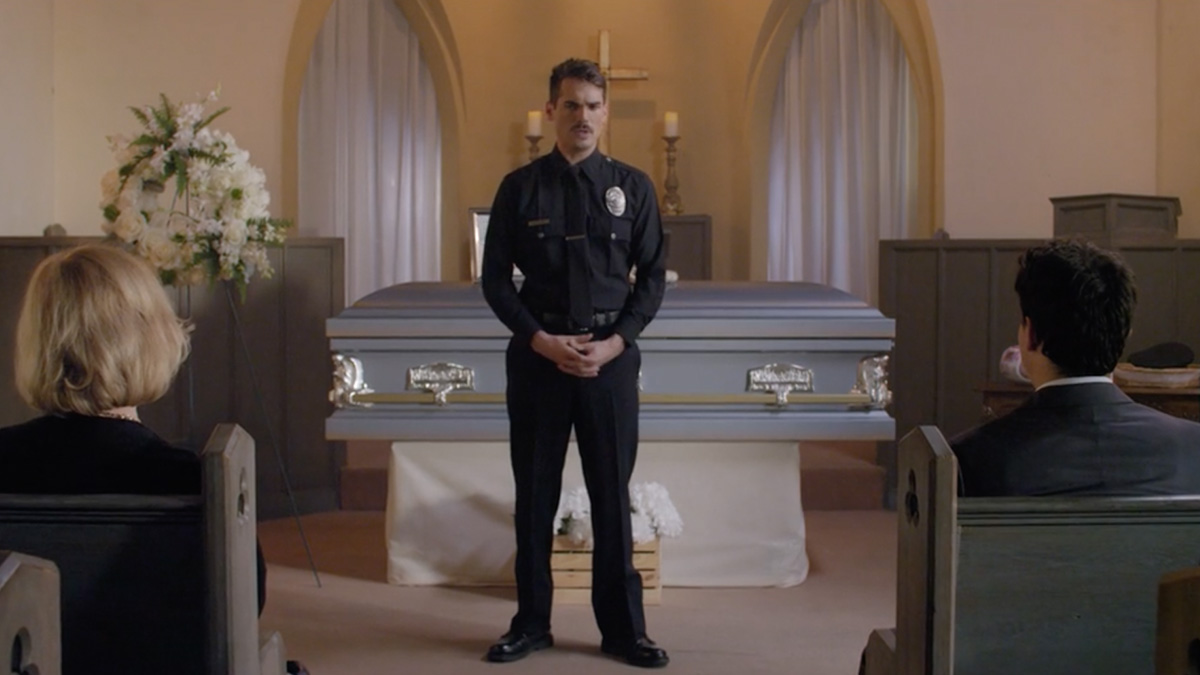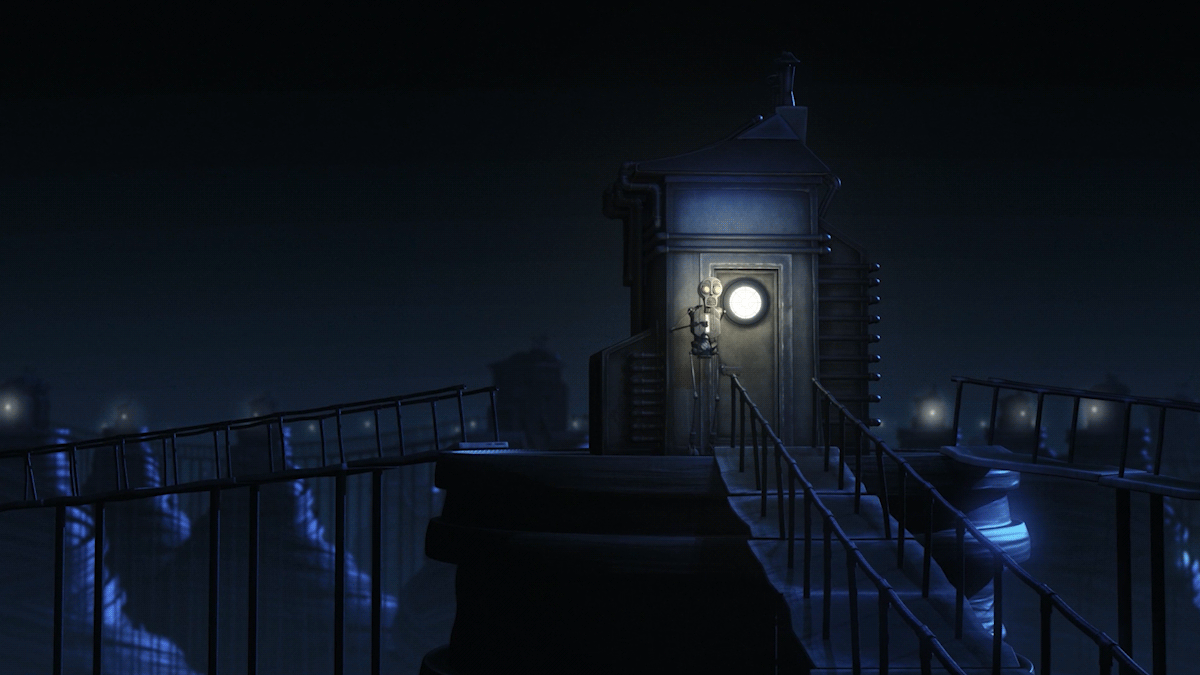Gary struggles with an unusual addiction which threatens to ruin the fabric of his family.
In The Golden Lion, director Evan Mann blends live-action with striking stop-motion sequences to tell the offbeat tale of Gary, a man struggling with an unusual addiction that threatens to unravel his family. The film delves into the absurdity of unchecked desires, using Gary’s peculiar obsession as a metaphor for the wider experience of addiction. Mann’s approach humorously yet poignantly highlights how such compulsions can corrode relationships and wreak havoc on both the afflicted and their loved ones.
Mann’s use of mixed media, combining traditional filmmaking with moments of stop-motion, adds a surreal touch that enhances the film’s quirky tone. The blend of humor, sharp editing, and inventive visuals makes The Golden Lion an unforgettable and strange ride. While the film entertains with its eccentric style, it also carries a weightier message about the universal nature of addiction and its far-reaching consequences, leaving viewers both amused and contemplative.
“The Golden Lion” tackles the theme of addiction in a humorous and bizarre way. What inspired you to explore this topic through a mix of live action and stop-motion animation with wieners, and how did you strike a balance between comedy and addressing the serious effects of addiction?
Addiction is a darkness, often not taken seriously until it begins to damage relationships and quality of life. Being very close to someone who is an addict: seeing a beautiful, wonderful person get pulled into it, is a very painful and difficult thing to navigate as one standing on the sidelines, witnessing this downward spiral. On one hand, it is a disease, and the addict is a victim, on the other hand, the addict is making selfish choices. Having the disease is something beyond them, but managing the disease is in their power. Stepping back, I made this film to confront the things I choose
The film delves into the absurdity of untethered passions. Can you discuss how you approached portraying Gary’s unusual addiction and its impact on his family, while maintaining a comedic tone?
At its deepest level, Gluttonous Gary reveals a diminishing of natural, clear faculties in favor of an unnatural tendency, rampant with overconsumption. Mustard become a trope for anything we desire via untethered passions.
The use of stop-motion animation with wieners is quite unique. What creative challenges did you face in incorporating this animation style into a narrative about addiction, and how did it contribute to the film’s tone and message?
I wanted to create something unnatural and absurd. A demon possession. A horrible transformation. Gary becomes that which he desires. A hotdog wants nothing more than to be lathered with mustard. We also don’t know if what he is experiencing is real, or in his head. Is this psychological delusion, or is he really becoming possessed by hotdogs?
Addiction is a universal theme, and the film metaphorically explores it across various aspects of life. Can you elaborate on these metaphors and how they manifest in Gary’s story?
Arguably, everyone is functionally addicted to something, an innocuous, culturally accepted fixation, enabling us to make micro-decisions which favor our own interest at the expense of our well being, and those around us. Food, sex, crypto trading, golf, gaming, travel, glowing screens, coffee… all little dopamine hits. None of these things are wrong, but they can take hold of us, and we become captive. I am one of these people. I have a little Gary in me. He is small, and subtle, and so I let him slip by, mostly unnoticed.
The title character, Gary, seems to struggle with a specific addiction. Can you discuss the character development and the challenges of creating a relatable yet humorously exaggerated character dealing with addiction?
I wanted to paint the picture of a normal, likable person, a good human. but this goodness is shadowed by a tendency he has not tamed.
Mixing live action and stop-motion animation is a bold choice. Can you discuss how this blend of visual styles contributed to the storytelling and helped convey the absurdity and humor of Gary’s situation?
All of my short films incorporate stop-motion, somehow. The analog and tactile aspects of stop-motion are just too good not to use.
Ultimately, what do you hope the audience will remember or take away from “The Golden Lion,” both in terms of its entertainment value and its exploration of addiction’s impact?
The title of the film references Hercules and the Nemean Lion. Hercules had to go into the darkness to pull out this lion, bring it into the light and slay it. Everyone has a dark cave with things lurking inside. Some of those things need slaying.
What are your favorite short films out there?
“Other Side of the Box” by Caleb J. Phillips
“Seth” by Zach Lasry
“Etisalat – Moonwalk” by Nalle Sjoblad
The stop-motion animations of Allison Schilnk
“Thunder road” by Jim Cummings (Watch on FS)
“INPUT/OUTPUT” by Terri Timely




